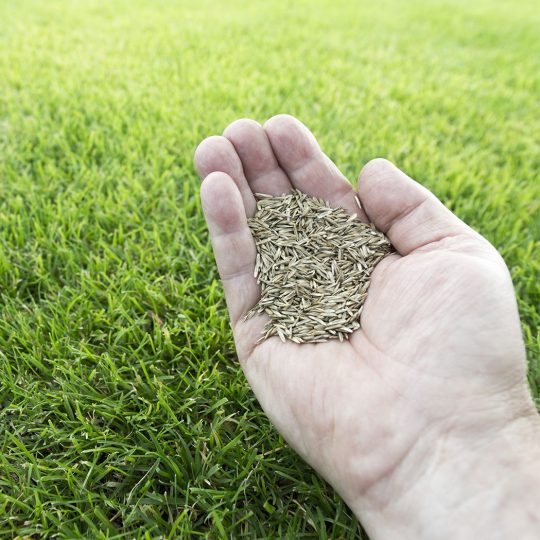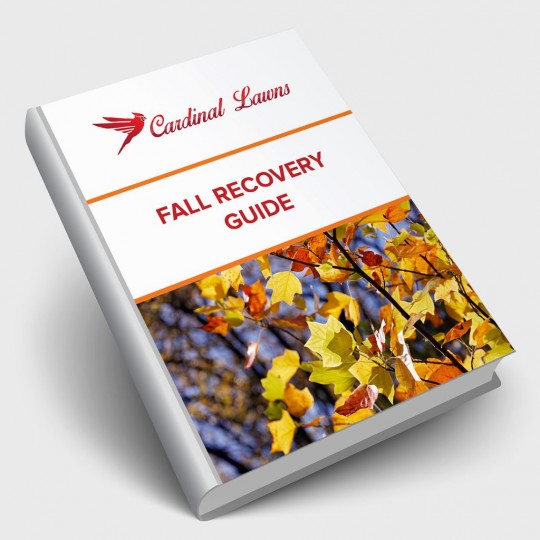Five Important Lawn Seeding Tips
Make the Most of Seasonal Seeding
Posted
September 28, 2017

No matter how well you maintain your lawn, it may need the occasional seeding. From the best to the most distressed lawn, here are a few lawn seeding tips to make sure your lawn is treated right.
Lawn Seeding Tip #1: Consider the Season
The best time to seed your lawn is in the early fall. Seeds germinate faster in moist, warm soil, and then they continue to establish roots through the cooler seasons. Less watering is needed since it’s not as hot and dry like the summer. You can still seed in the spring and summer, but it will require more water and attention. Plus, seeds will be competing with weeds.
Lawn Seeding Tip #2: Don’t Let Those Seeds Dry Out
Whatever season your decide to seed, be sure to keep the ground/soil/seed moist until it has a chance to germinate.
Lawn Seeding Tip #3: Know your Turf
All lawns are different. There are many factors that can effect your lawn and the best time for seeding—including weather and climate. Inspect your lawn’s condition, and determine the proper level of seeding:
Spot seeding. Repair small spots and ruts along your driveway, areas damaged by heavy foot traffic, or any other spots. Break open the surface of the spot you want to seed with a rake or hoe, apply the seed, then tap it down.
Over Seeding. For larger areas where you’d like thicker grass, you can overseed while you aerate your lawn, or simply spread the seed over the area. This method won’t work as well in areas with a layer of heavy thatch.
Renovation. For a complete lawn makeover, reseeding can be done once you remove any excessive thatch, or replace the old sod altogether. If you notice your lawn needs a complete renovation, regular maintenance won’t be enough to help it. You may be better off starting from scratch.
Lawn Seeding Tip #4: Shower Your Seeds
Sprinkle seeds several times a day and follow with a drink of water during hot weather until the grass is one inch tall.
Lawn Seeding Tip #5: Easy on the Herbicide
Do not apply any type of herbicide or weed control until the new, lush grass has been mowed about four or five times. You want to give your grass a chance to establish itself before you try killing the weeds around it.
Whether you seed a little or a lot, always use high quality seed, and ensure there’s adequate contact between the seed and soil. Watering properly will help the seeds germinate and grow, so make sure to keep them hydrated and happy.

Download Your FREE Fall Recovery Guide
Summer’s extreme conditions can take a toll on your grass and its health. Take some time to learn how to bring your lawn back to life. This handy guide teaches you what needs to be done for a full fall recovery.